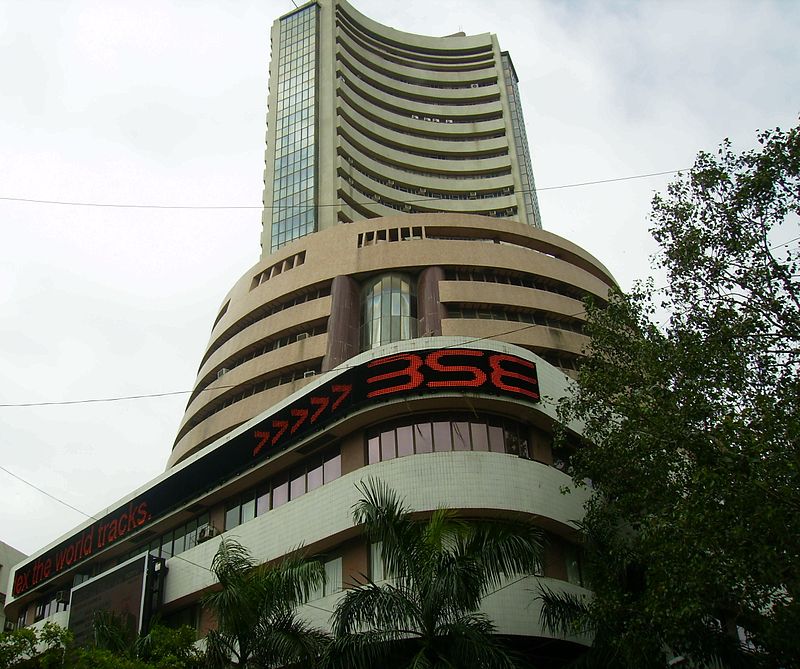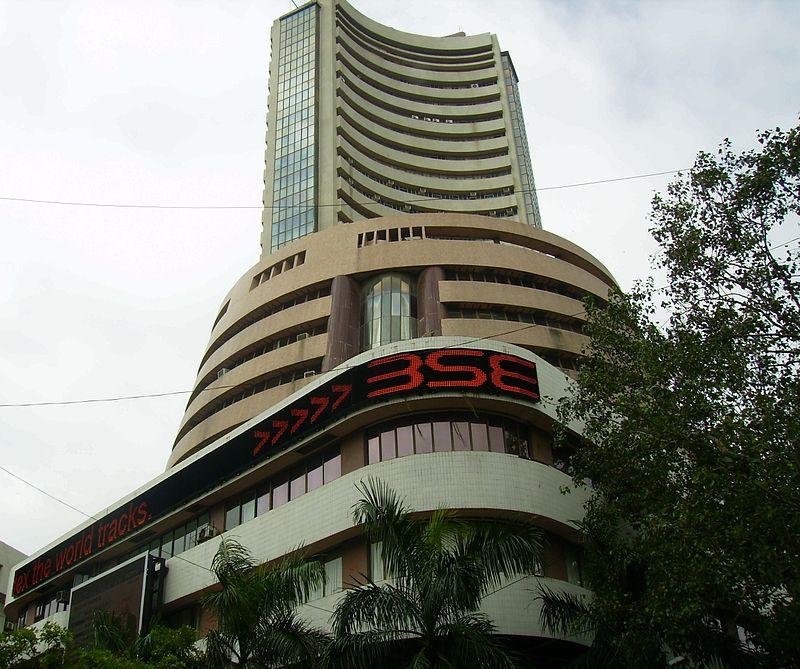Mumbai– Continuous FII fund outflow along with caution over rising Omicron cases triggered a massive slide in key domestic equity indices on Monday.
Additionally, RBI’s plan to conduct a three-day variable rate reverse repo auction worth Rs 2 lakh crore on Wednesday to drain excess liquidity dented the sentiments.
In the day’s trade, both the key domestic indices at one point were down by over 3 per cent, registering their biggest fall in eight months.
However, a late hour buying spurt aided the key indices to pare some of their losses.
The S&P BSE Sensex declined by over 1,100 points, while NSE Nifty50 was down by 371 points.
Initially, both the indices made a gap-down opening due to the rise in Omicron cases worldwide.
Globally, Asian share markets fell and oil prices slid as surging Omicron cases triggered tighter restrictions in Europe, threating to drag down the global economy going into the new year.
European stocks fell more than 2 per cent amid a global sell-off in equities, with investors fretting over the spectre of tighter pandemic curbs hitting the global economy as cases of the Omicron variant surge.
Besides, traders were also cautious with continuous net outflow of foreign funds. The FIIs net sold Rs 3,565.36 crore on BSE, NSE and MSEI in the capital market segment on Monday.
Notably, India VIX (volatility index) spiked, while all sectors traded in the negative territory.
The S&P BSE Sensex declined by 1,189.73 points or 2.09 per cent to 55,822.01 points. Similarly, NSE Nifty50 fell by 371 points or 2.18 per cent to 16,614.20 points.
“Omicron-led lockdown fears, doubts about passing of Joe Biden’s flagship infra spending bill and the RBI’s measure to withdraw or soak up liquidity resulted in this kind of a sell-off at a time when the institutions are anyway looking to take profits,” said Deepak Jasani, Head of Retail Research, HDFC Securities.
“While a small bounce in the Nifty is likely in the near term, Nifty has a good support from the 15,860-16,245 band where it may find durable support. The 16,896-16,966 band, on the other hand, could be a tough resistance on the upside,” he added.
According to Siddhartha Khemka, Head of Retail Research, Motilal Oswal Financial Services: “Markets have corrected by 10 per cent from their peak, driven by consistent FIIs selling, tightening monetary policy by central banks globally and concern over economic recovery due to rising Omicron cases.
“The overall market breadth remains negative and would require strong positive triggers for changing the current negative trend. Selling pressure is intact at higher levels and any recovery or bounce is being used by traders to go short on the market. Thus, we maintain our cautious view for the next couple of days.”
Vinod Nair, Head of Research at Geojit Financial Services, said: “India has been undergoing a phase of consolidation for the last two months. Currently, sell-off is due to rapid rise in FIIs selling triggered by hawkish central bank policy worldwide, cautious view on Indian market due to high valuation compared to peers, and drop in retail inflows.
“We feel that we are reaching the last phase of this consolidation in terms of price correction. Some pockets have become fair. However, the overall market is still trading at the upper-hand, which will continue to affect the performance of the broad market in the short-term.” (IANS)







